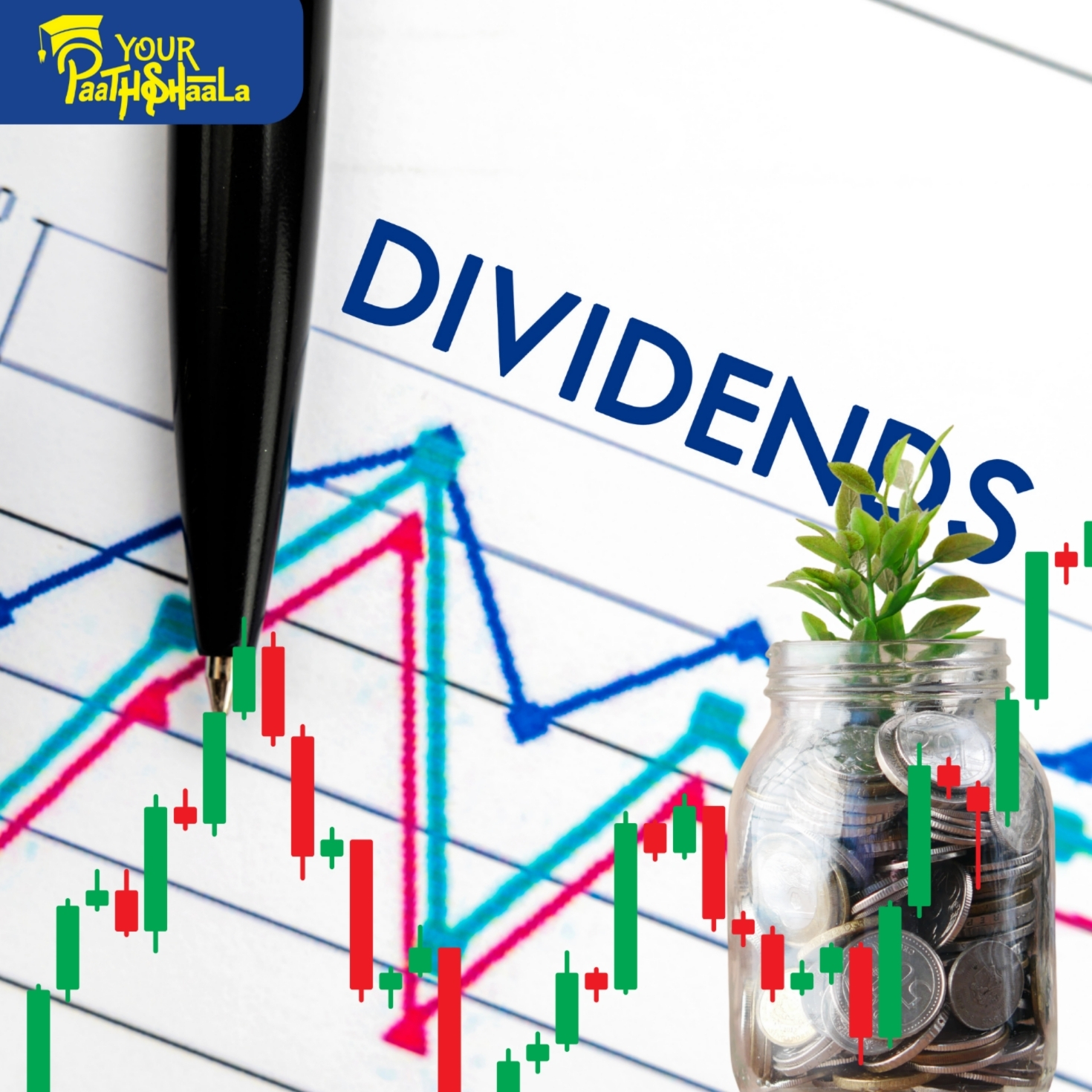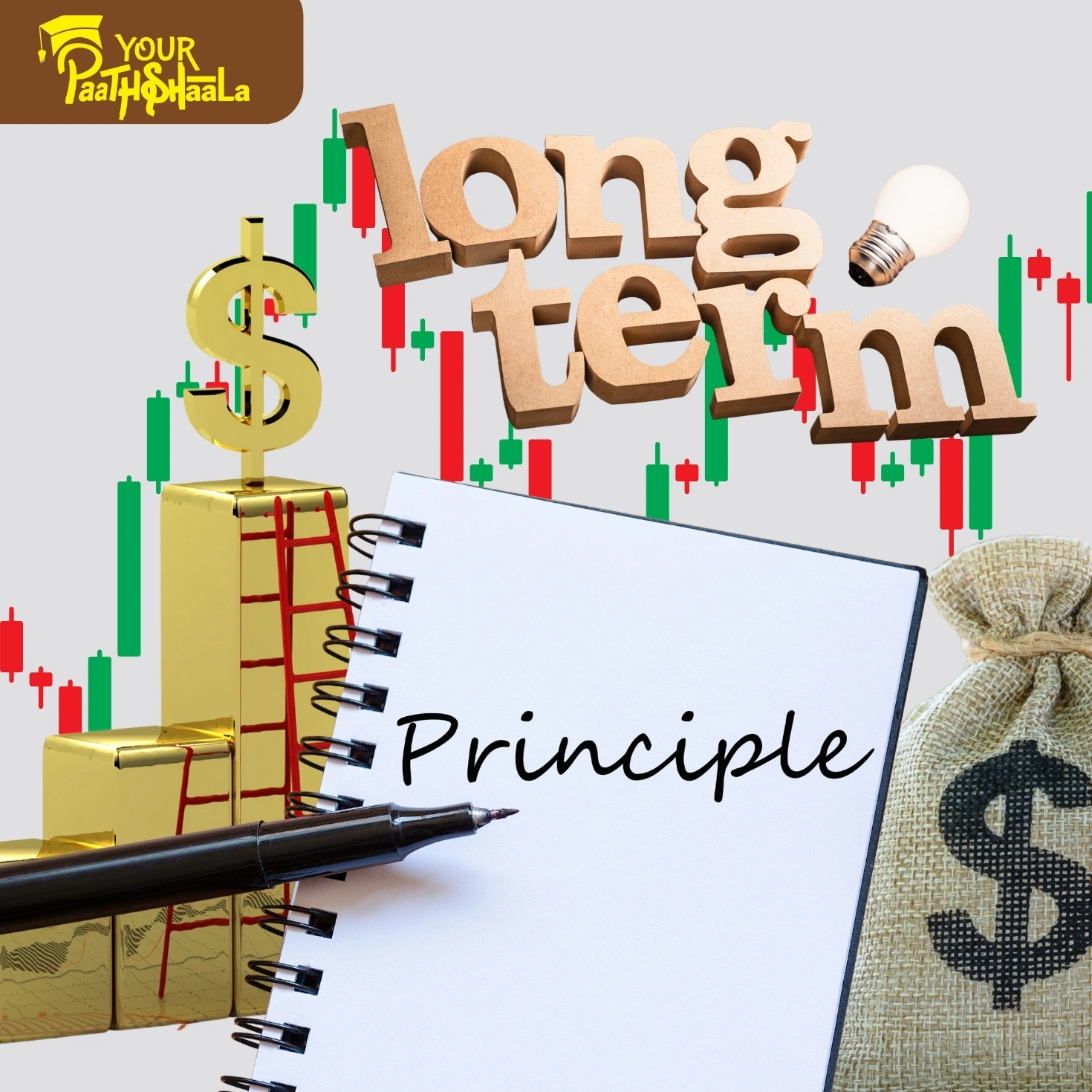Investing in Dividend Stocks for Passive Income

Dividend stocks are a popular choice for investors who want to build a steady stream of passive income. These stocks pay out a portion of a company’s profits to shareholders, providing regular cash flow without the need to sell shares. If you’re looking for a way to grow your wealth while earning income, investing in dividend stocks might be the perfect strategy for you. In this guide, we’ll break down everything you need to know about dividend stocks, from understanding what they are to choosing the right ones and managing your portfolio effectively.
What Are Dividend Stocks?
This are shares of companies that distribute part of their earnings to shareholders as dividends. These payments can be made monthly, quarterly, semi-annually, or annually, depending on the company’s policy. Unlike growth stocks that reinvest profits into expanding their business, dividend-paying companies focus on rewarding shareholders with consistent payouts.
Why Choose Dividend Stocks?
Steady Income: It provide regular cash flow, making them ideal for retirees or anyone seeking passive income.
Financial Stability: Companies that pay dividends are often well-established and financially stable.
Dual Benefits: You earn income through dividends and can also benefit from potential stock price appreciation.
How Dividend Stocks Generate Passive Income
Passive income from dividend stock comes from the regular payouts you receive as a shareholder. For example, if you own 100 shares of a company that pays $2 per share annually in dividends, you’ll earn $200 each year without selling your shares. Over time, reinvesting these dividends can compound your returns and grow your portfolio even further.
Steps to Invest in Dividend Stocks
1. Open a Brokerage Account
To invest in dividend stock, you’ll need a brokerage account. Most online brokers offer free account setup and tools to help you research and trade stocks. Look for brokers with low fees and user-friendly platforms.
2. Research Dividend Stocks
Not all dividend stocks are created equal. Here’s what to look for:
Dividend Yield: This is the percentage of the stock price paid out as dividends annually. For example, if a stock costs $100 and pays $5 in annual dividends, its yield is 5%.
Dividend Growth: Companies that consistently increase their dividend payouts over time are often more reliable investments.
Payout Ratio: This measures how much of a company’s earnings are paid out as dividends. A lower payout ratio indicates the company has room to grow its business while maintaining its dividend payments.
3. Diversify Your Portfolio
Investing in multiple dividend stocks reduces risk by spreading your money across different industries and companies. You can also consider dividend-focused ETFs (exchange-traded funds) or mutual funds for instant diversification.
How to Pick the Best Dividend Stocks
Look Beyond High Yields
While high yields may seem attractive, they can sometimes signal trouble if the company is struggling financially or its stock price has dropped significantly. Instead, focus on companies with sustainable dividends supported by strong fundamentals.
Focus on Dividend Growth
Dividend growth is a sign of financial health and profitability. Companies that regularly increase their payouts are more likely to provide reliable income over the long term.
Check Financial Stability
Choose companies with strong cash flow, low debt levels, and a proven track record of profitability. These factors ensure that the company can continue paying dividends even during economic downturns.
Benefits of Investing in Dividend Stocks
Investing in dividend stock offers several advantages:
Reliable Income Stream: Dividends provide consistent cash flow regardless of market fluctuations.
Lower Risk: Dividend-paying companies are often mature businesses with stable earnings.
Tax Benefits: In many countries, dividend income is taxed at lower rates than regular income.
Compounding Returns: Reinvesting dividends allows your portfolio to grow faster through compounding.
Challenges of Dividend Stock Investing
While dividend investing is appealing, it’s not without challenges:
Limited Growth Potential: Companies that pay high dividends may reinvest less in growth opportunities.
Market Volatility: Stock prices can still fluctuate, affecting your overall portfolio value.
Dividend Cuts: In tough times, companies may reduce or eliminate their dividend payments.
Strategies for Building a Passive Income Portfolio
Start Small and Build Over Time
You don’t need a large amount of money to start investing in dividend stock. Begin with what you can afford and gradually add more funds as your income grows.
Reinvest Dividends
Reinvesting dividends instead of withdrawing them allows you to buy more shares and compound your returns over time.
Monitor Your Portfolio
Regularly review your investments to ensure they’re performing well and adjust as needed based on market conditions or changes in company performance.
Top Dividend Stocks for Passive Income
Here are some examples of reliable dividend stock known for consistent payouts:
- Procter & Gamble (PG): A consumer goods giant with 69 years of uninterrupted payouts.
- Johnson & Johnson (JNJ): A healthcare leader offering stability and growth.
- Genuine Parts Company (GPC): Known for its strong demand and consistent cash flow.
- 3M Company (MMM): A diversified industrial firm with decades of dividend payments.
These companies have proven track records and are considered safe bets for generating passive income.
Using ETFs for Dividend Investing
If managing individual stocks feels overwhelming, consider investing in dividend-focused ETFs (exchange-traded funds). These funds pool money from multiple investors to buy a diversified portfolio of dividend stocks. They offer benefits like lower risk, professional management, and easy access to high-yield investments.
How Much Money Do You Need?
The amount needed depends on your financial goals and desired income level. For example:
To earn $1,000 per month from dividend stocks with an average yield of 4%, you’d need an investment of $300,000.
Higher-yield options may require less upfront capital but come with increased risks.
Conclusion
Investing in dividend stocks is one of the best ways to create passive income while growing your wealth over time. By choosing stable companies with reliable payouts and reinvesting dividends, you can build a portfolio that supports your financial goals—whether it’s funding retirement or achieving financial freedom.
Start small, stay consistent, and focus on long-term growth to make the most out of dividend investing!






